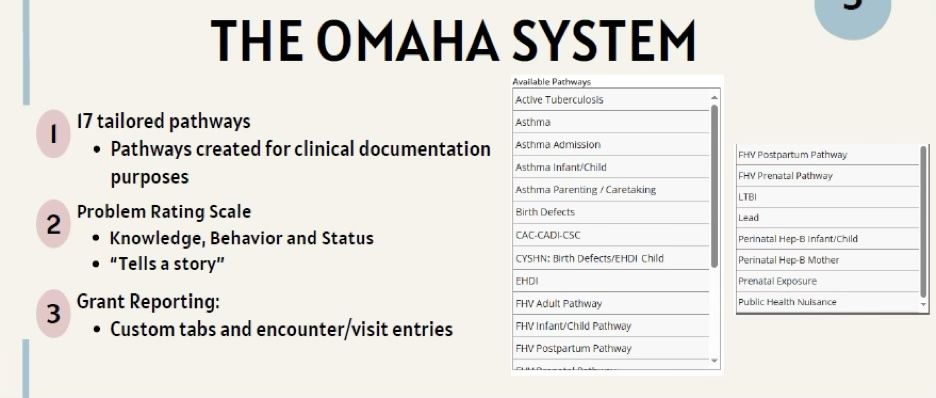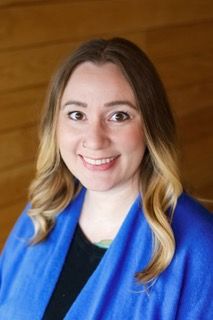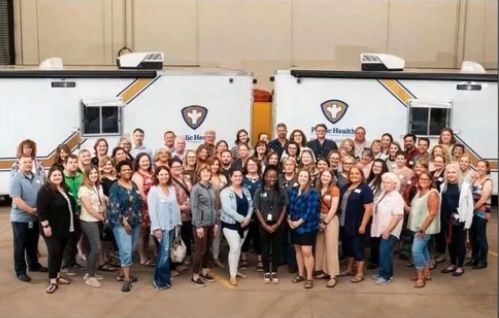Part 2 of 3-part Series: Empowering Public Health with the Omaha System in St. Louis County
In Part 1 of this blog series, we explored the documentation challenges faced by public health in St. Louis County. Now, we’ll delve into their ingenious solution: the development and utilization of “tailored public health pathways” within their Nightingale Notes system, powered by the Omaha System.
Uses of the Omaha System at St. Louis County
- Family Home Visiting – Over 3300 home visits completed in 2024
- Disease Prevention and Control
- Person of the Day
- Tuberculosis case management
What are Pathways?
As Emily clarified during the expert webinar, pathways are pre-built charting templates within Nightingale Notes. These aren’t just generic forms; they are specifically designed for different public health programs and client populations. Think of them as customized roadmaps for documentation, ensuring relevant data points are captured efficiently.
Public Health Pathways help tell the story
Emily provided a visual demonstration, showcasing examples like the “Infant Pathway” and the “Postpartum Pathway.” These pathways automatically pull in common problems relevant to those specific populations. For instance, the postpartum pathway includes surveillance of key areas and prompts for teaching, guidance, and counseling relevant to new mothers.
The Omaha System Guidelines website has well-built pathways available for use, and Champ Software’s Nightingale Notes allows pathways to be shared between agencies.
Here is an illustration of how St. Louis County uses the Omaha System from the Expert Webinar with Emily Lian:

Efficiency and Consistency
The beauty of these public health pathways lies in their ability to streamline documentation. Nurses don’t have to manually select and add common problems for each visit. This saves time and promotes consistency across different practitioners and visits. As Emily noted, it “takes that burden off of the individual that’s entering this clinical documentation because it’s already all preset up for them.”
Regional Collaboration
Notably, the Family Home Visiting (FHV) pathways are regional, developed in collaboration with a four-county community health board. This regional approach ensures standardized data collection across a larger area, facilitating broader analysis and comparison.
Integrating the Omaha System’s Problem Rating Scale
Beyond the pathways, St. Louis County strategically utilizes the Omaha System’s Problem Rating Scale for Knowledge, Behavior, and Status (KBS). This assessment is conducted at client intake, during significant changes, and at discharge. This allows them to track progress objectively and tell the story of a client’s journey through the program using quantifiable data.
The KBS problem ratings scale for outcomes is a method to evaluate client progress “throughout the period of service” according to the Omahasystem.org. It allows measurement over time of changes.
For a deep dive into using the KBS ratings scale for outcomes, read “The Omaha System as a Structured Instrument for Bridging Nursing Informatics With Public Health Nursing Education.”
Customizable EHRs are Key
St. Louis County has also developed numerous custom screens within Nightingale Notes to capture program-specific information, further demonstrating their commitment to tailoring the system to their unique needs.
See the flexibility Nightingale Notes by Champ Software offers.
In a recent expert webinar hosted by Champ Software titled “Using the Omaha System to Improve Public Health in St. Louis County, Minnesota,” Emily Lian, a seasoned Public Health Nurse and Program Supervisor at St. Louis County, shared their journey of integrating the Omaha System within their diverse and geographically expansive county.
Blog Series and Webinar Objectives
- Part 1: Bridging the Documentation Divide describes the challenges with clinical documentation in Public Health.
- Part 2: Tailoring the Omaha System describes how the Omaha System is utilized in different areas of Public Health.
- Part 3: From Data Entry to Actionable Insights describes opportunities to utilize data collected in the Omaha System to advance Public Health programming. (coming soon)
About the Speaker
Emily Lian has been a Public Health Nurse at St. Louis County Public Health in Duluth, Minnesota, for 12 years.
She began her career as a Family Home Visitor, specializing in serving pregnant and parenting teens. She moved into the role of Program Supervisor for the Family Health & Supports south unit almost 3 years ago and oversees a team of nine.
While passionate about prevention and public health, she is an ardent advocate of birth equity issues.
Emily is a mom of 3 and enjoys time with family, friends, and a menagerie of pets.

Coming Up in Part 3
In our next installment, we’ll explore how St. Louis County is leveraging the rich data collected through these pathways and the Omaha System to drive program improvement, track performance, and ultimately advance public health within their community.

